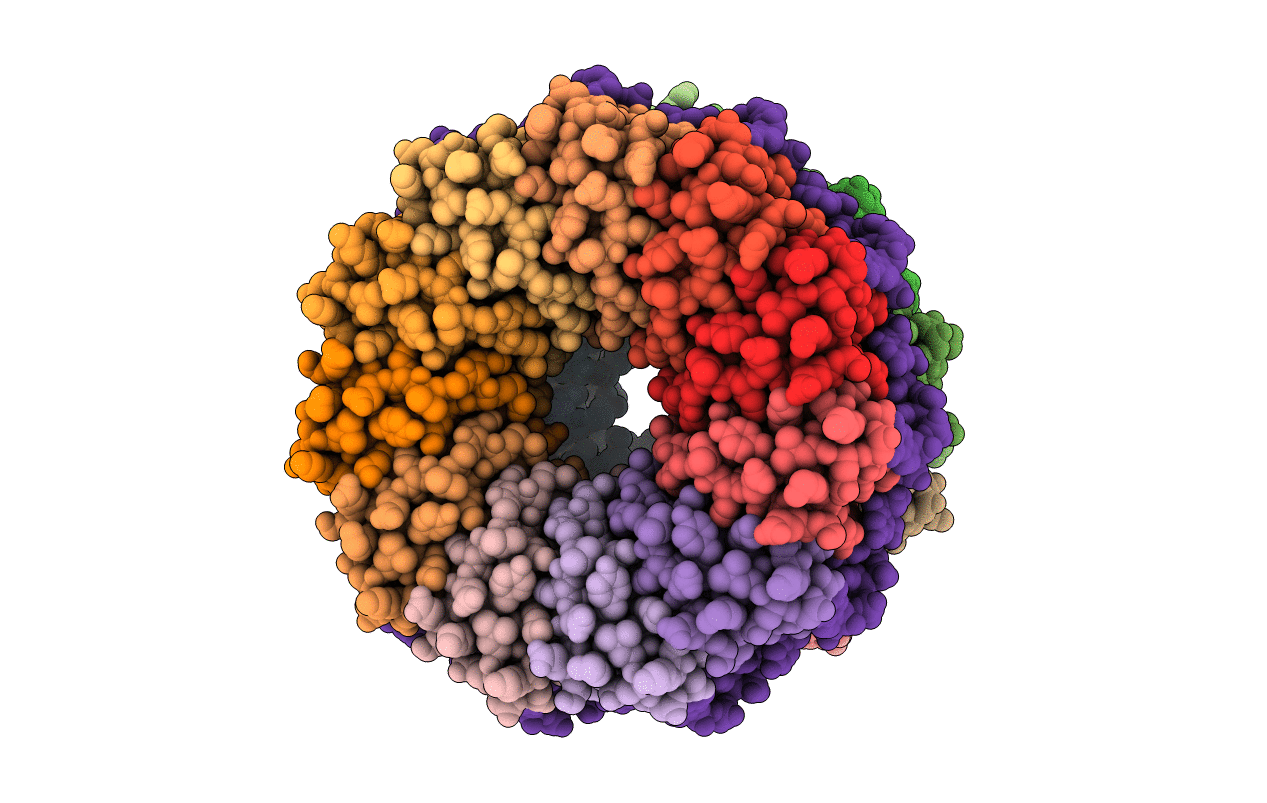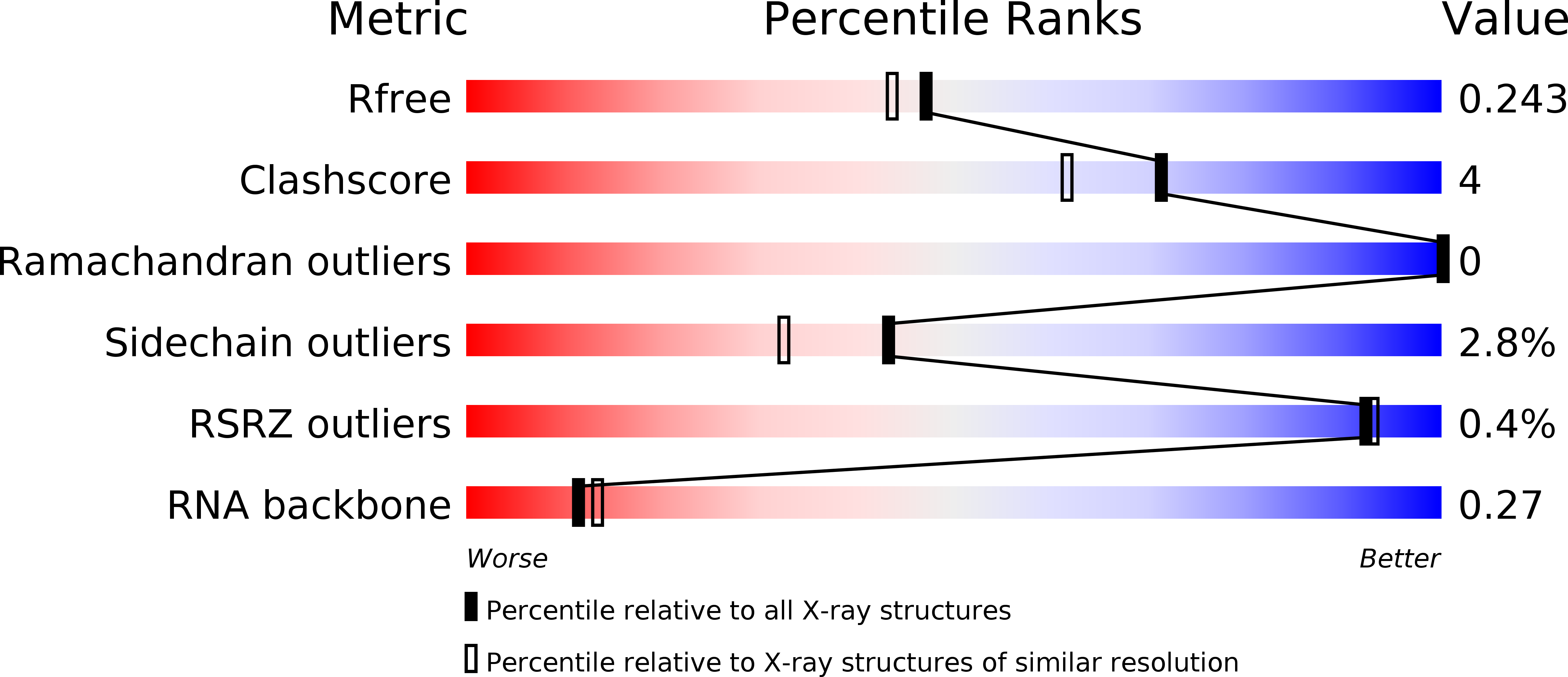
Deposition Date
2015-10-23
Release Date
2016-05-04
Last Version Date
2024-01-10
Entry Detail
PDB ID:
5EEW
Keywords:
Title:
RADIATION DAMAGE TO THE TRAP-RNA COMPLEX: DOSE (DWD) 6.45 MGy
Biological Source:
Source Organism:
Geobacillus stearothermophilus (Taxon ID: 1422)
synthetic construct (Taxon ID: 32630)
synthetic construct (Taxon ID: 32630)
Host Organism:
Method Details:
Experimental Method:
Resolution:
1.98 Å
R-Value Free:
0.24
R-Value Work:
0.20
R-Value Observed:
0.21
Space Group:
C 1 2 1


